The complex of Golestan palace that is located in Panzdah-e-Khordad Sq. in Tehran, reminds people of the historic citadel of Tehran. The foundation of the historic citadel of Tehran goes back to the first Tahmasb king in Safavieh dynasty. The citadel was dedicated to the Qajar kings and their monarchy as the place of residence during Qajarieh dynasty.
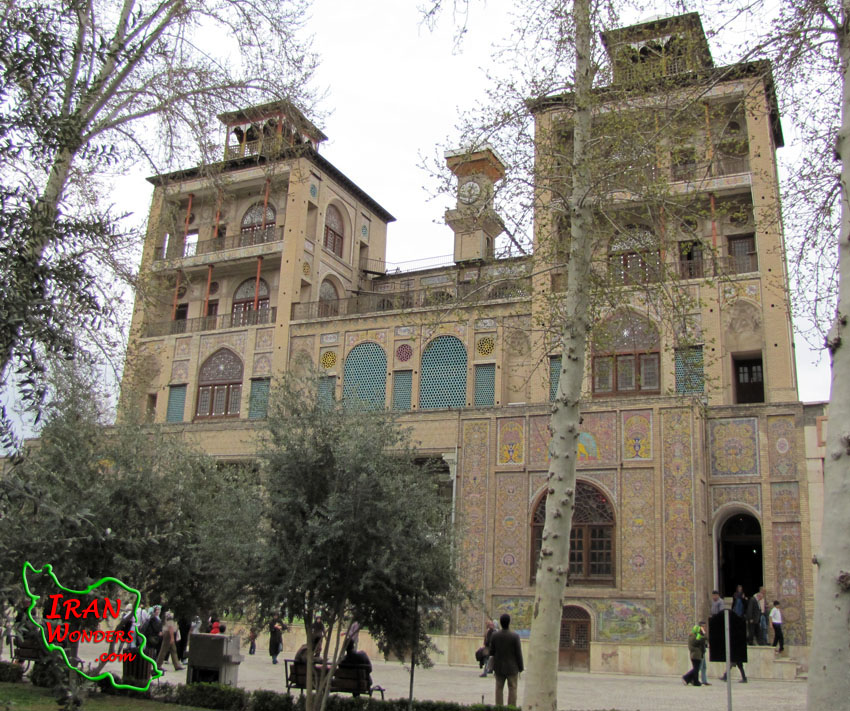
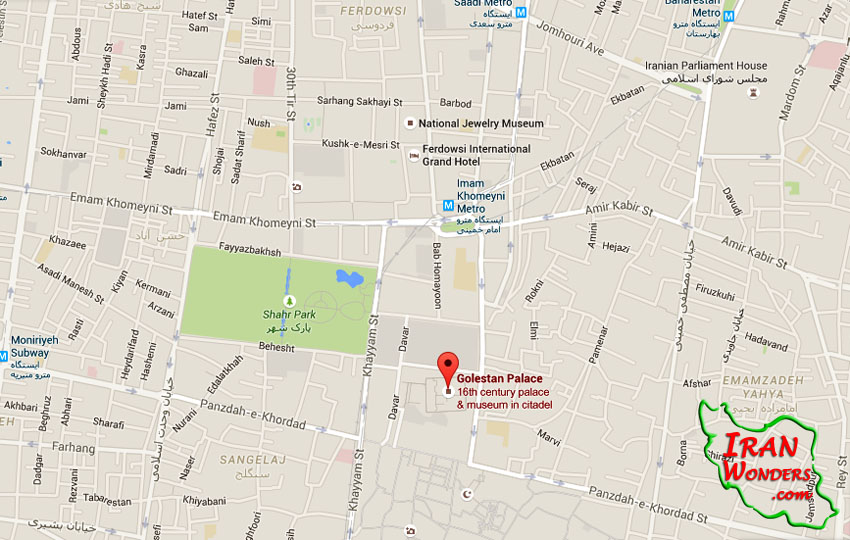
Nasereddin Shah made a lot of changes in the complex of Golestan palace during his life. Over one third of the area of the citadel was used as the court and the king’s residency. This house consists of two indoor and outdoor sides like all other Iranian traditional houses. The outdoor consists of two parts of the court and a square garden called Golestan garden. The marble bed garden or court was the place that the king was governing the country from. The indoor part of the Golestan garden was used for private meetings, ceremonies and family gatherings.
The most important and unique building in this complex is “Shams-al-emareh” which has been the first high building in Iran and its architecture had been ordered by Nasereddin shah.
This complex is important because of its history, art, taste, culture, architecture and considered as the kings' lifestyles in the recent centuries. This is such a beautiful place which in the past was used for ceremonies such as the coronation of the king Reza Pahlavi and the king Mohammad-Reza Pahlavi during the Pahlavi dynasty for several times. Other palaces and centers of this complex are: “Talare Salam” (Where the coronation of Mohammad-Reza Pahlavi was held), “Brilliant hall”, “Ayeneh hall”, “Zorouf hall”, “Aaj hall”, “Almaas hall”, “Shams-al-emareh”, “Khalvate Karimkhani”, “Eyvane Takhte Marmar” (Where the coronation of Reza Pahlavi was held), “Hozkhaneh”, “Negar-Khaneh”, “Special museum”, “Emarate Badgir”, “Akaskhaneh”, “Chador Khaneh” and “Abyaz palace” (anthropology museum), that each one requires its own explanation, introduction, and history.
This complex is used as a venue to hold special events on special occasions regularly and also used as museums and galleries to exhibit different works of art like: ancient paintings, photos, kings' gifts, clothes, the Iranian tribes' culture, and handy crafts, traditions such as local dance, music and songs from different provinces all over the country.
It is advised to have a one-day visit to this complex and walk all around the palace and see the architecture, history, museums, arts, etc.
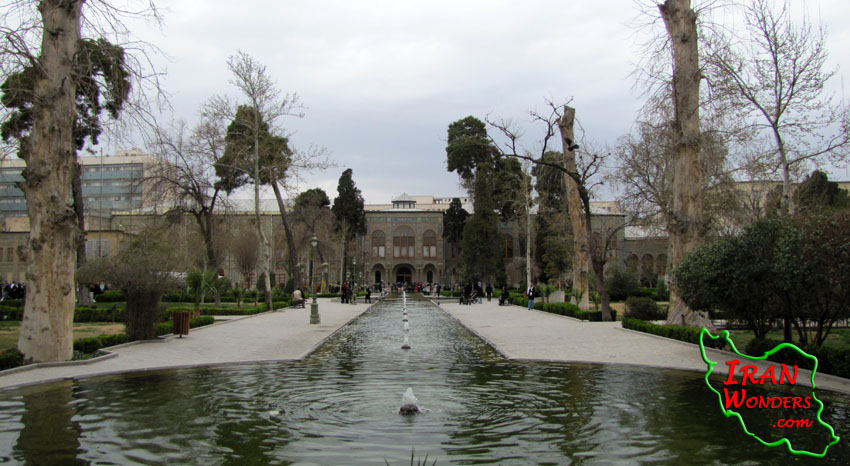
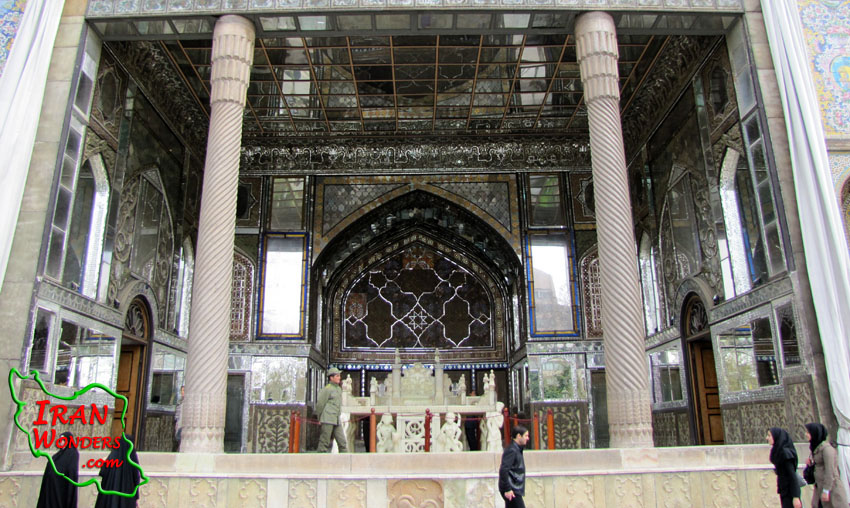
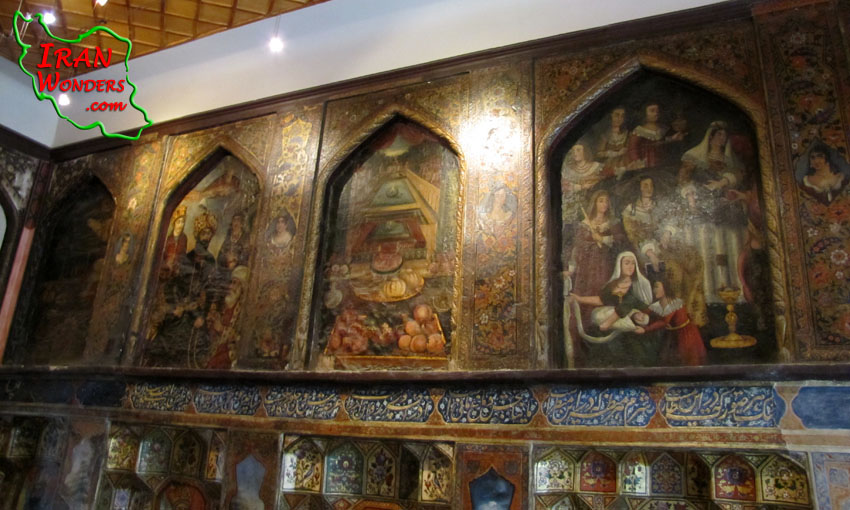
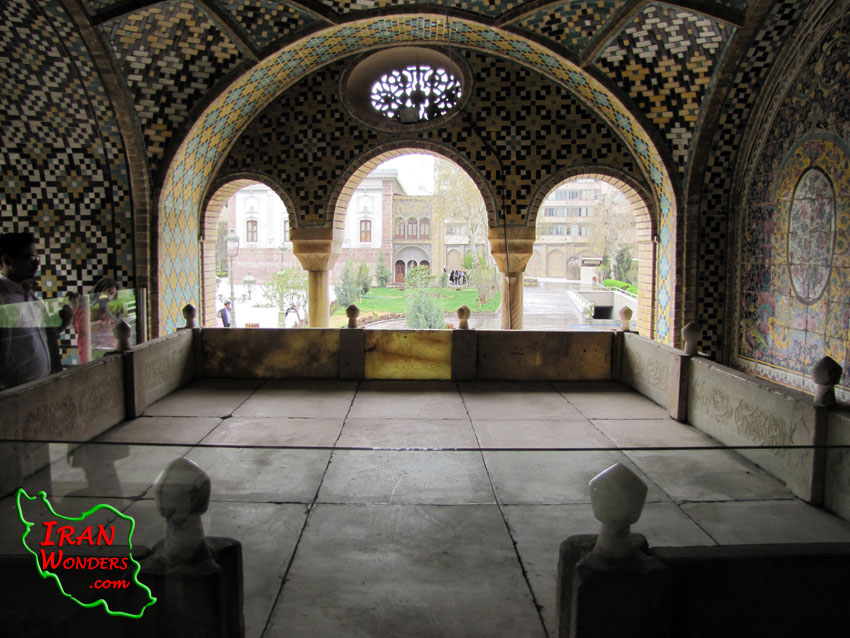
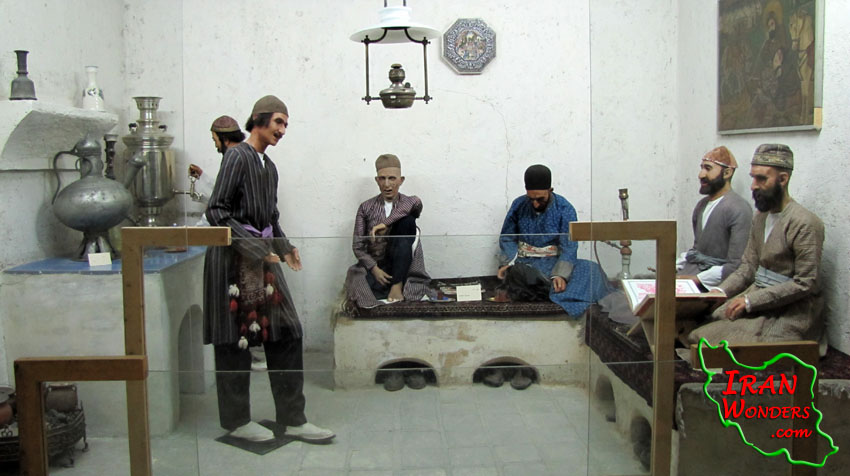
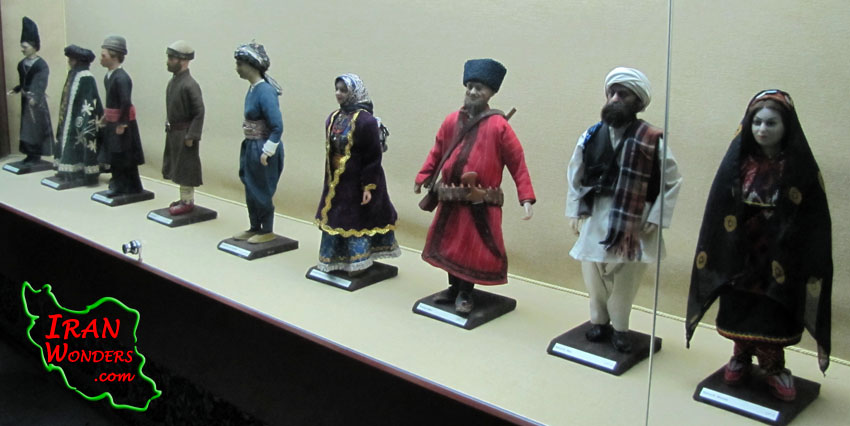
For more information, tour, visa, accommodation, transport and tour guide please contact us.




Comments powered by CComment